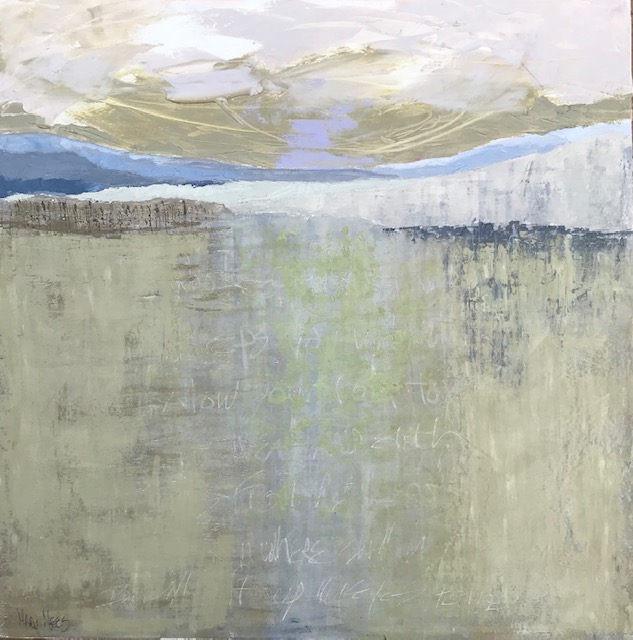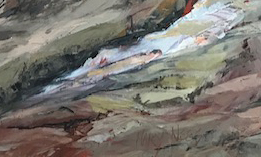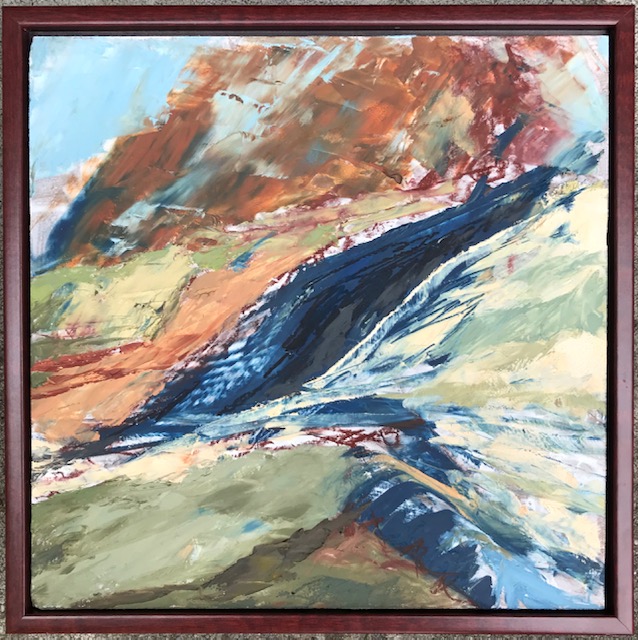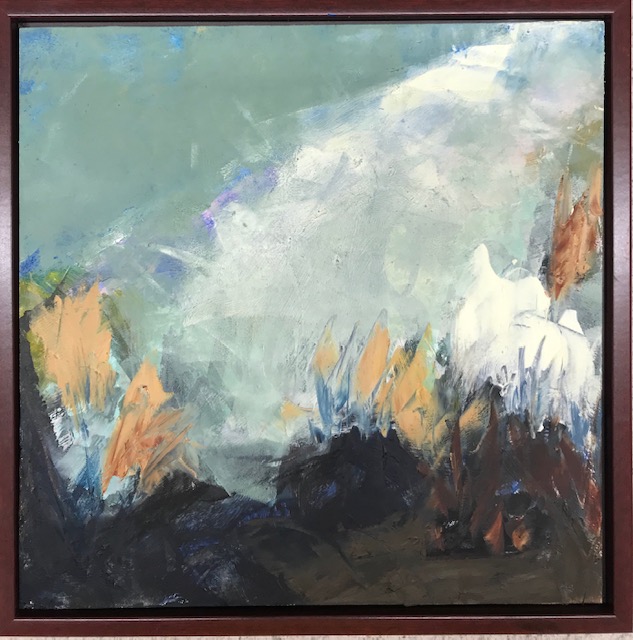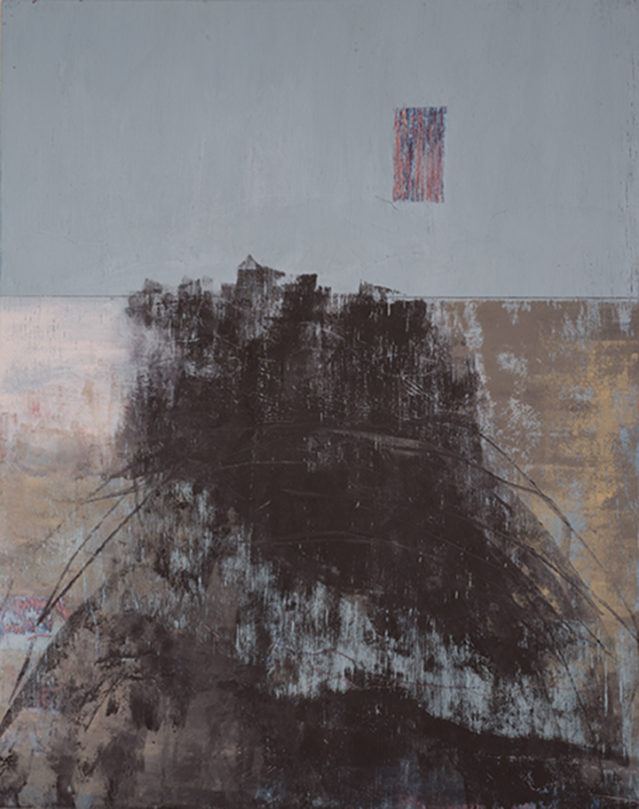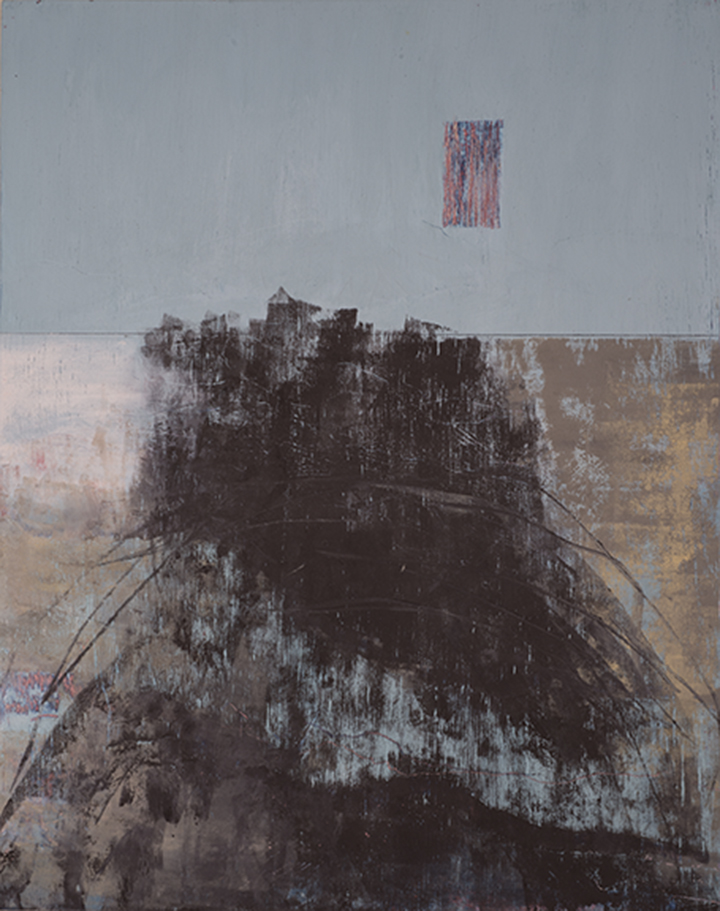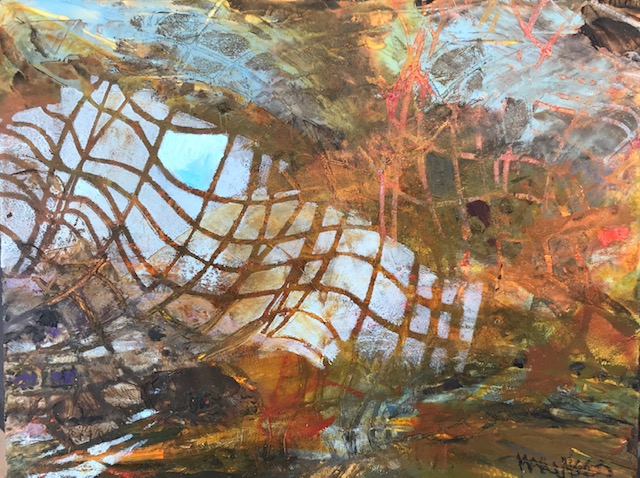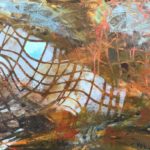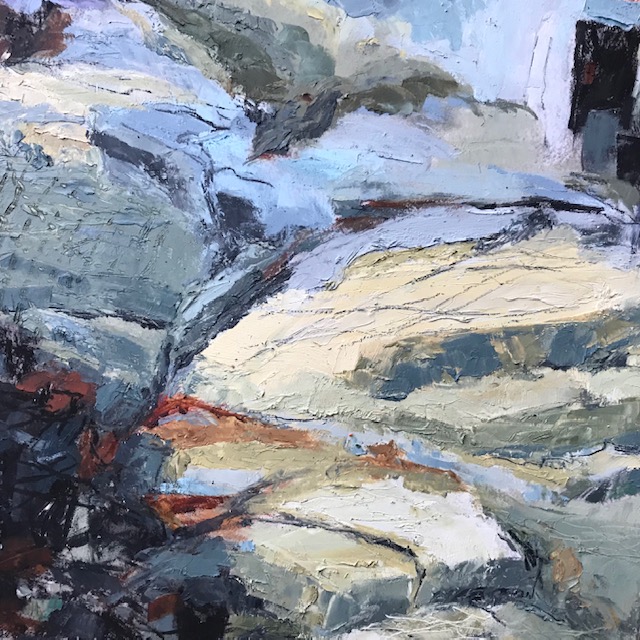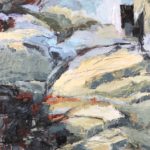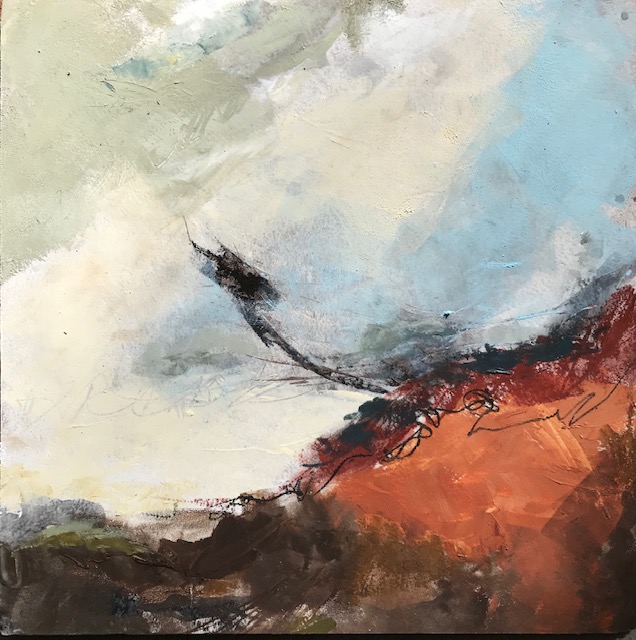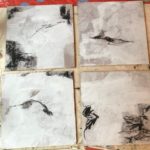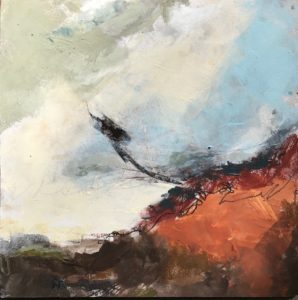I am continuing here with some words about each of my new pieces which are part of a whole series of 15. The 15 “Psalms of Ascent” are positioned in the 5th and last “book” or volume of the Hebrew Psalter. And this progression is fascinating in that the microcosm echoes the macrocosm! In other words, what is glimpsed in the gathered detail inside this collection and it’s individual parts also reveals an informed interweaving into the whole of Scripture! The entire, and all its parts are masterfully written.
With these 15 ancient Ascent Psalms, the triplets show the rhythm while the three sets of 5 reveal the stages in the long ascending journey. I’ll write more of those stages later.
Here’s how the repeating rhythm can be seen. Each triplet in this progression ends with the disruption, recently voiced, now resolved. It’s a simple pattern familiar in so many written dramas or musical movements. The first movement or dramatic scene begins with distress. The second develops to a climax. Then the third finally quiets in time to an experience of resolution.
As a whole, this very first triplet of the entire set of 15 shows us this archetype both in its first verse: 120:1, but then in the walking out of the three journey psalms here. That pattern is evident in the triplet (1.Distress 2.Reliance 3.Resolve). This particular set of three Ps. 120-122 takes us from troubled spirit in foreign soil (120) to a pivot of reliance on the God of Abraham (121) to finally a voiced experience of arriving “glad”! One can sense the relief of the original writer in Psalm 122. The longed-for destination has been reached.
Another fascinating feature in this particular triplet is how the action moves from people (liars, deceivers, “those who hate peace”) to a personal decision (the pivot explained in my last post) and then back to people. But this last group of people are at peace. They have welcomed the new arrival; they give thanks and gather together. “I was glad when they said to me…” The troubled individual traveler has become part of a new company. The traveler had to make his consequential pivot individually, but the context of others surrounds his story in really informative ways. Hence, I see this triplet in my notes as the ENTRY triplet in the developing larger story.
Not only is the first verse in the entire series an archetype of this in short form, but this first triplet (the first 3 whole Palms of the series) also secures the pattern –for it telescopes deep time from foreign despair to settled finality. Human history and individual histories can be encapsulated in this first progression of 3.
David is attributed as the writer of this resolve Psalm 122. He was the early King who captured Jerusalem, where his throne was then set up. However, his own and his nation’s history was troubled, and the Psalm ends here with admission of great need. Five hundred years after David’s reign, trouble had multiplied, and the nation was taken captive into Babylon for 70 years. Scholars say that the 5th “book” in the Psalm collection was compiled after that exile as Jews made their historic walking return to Jerusalem: microcosm and macrocosm through time.
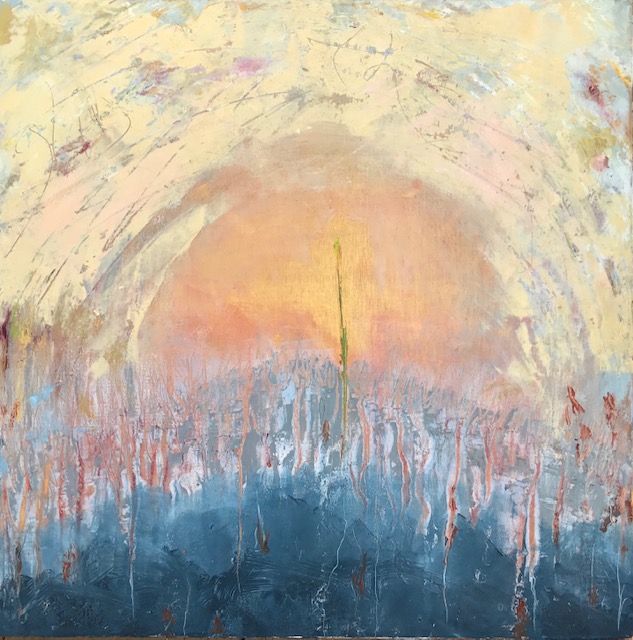
I’ve tried to visually suggest much of this glad entry in this work. There is a symbol of an individual, like a green reed, smallish and in the center. But “he” is surrounded by light, by a protective covering of sorts and the mark-making gives an impression of history with many others present alongside him.
If you were stuck on a deserted island and only had this triplet of three Psalms for your sustenance, you would have enough to know that trusting God is possible from anywhere and that if you do, He will secure you in the end. It’s the character of the God of Abraham to make good on every promise He has given.
